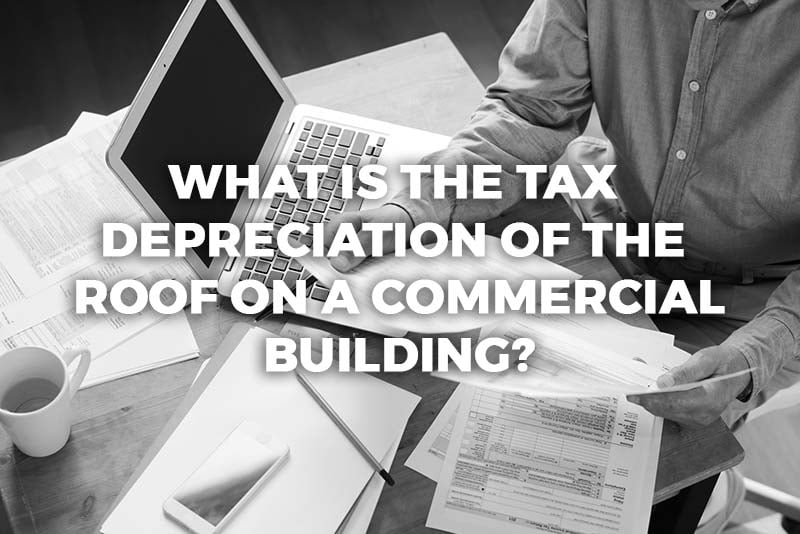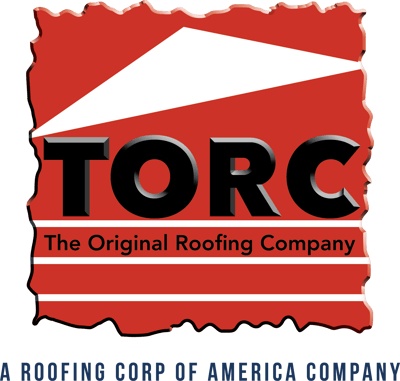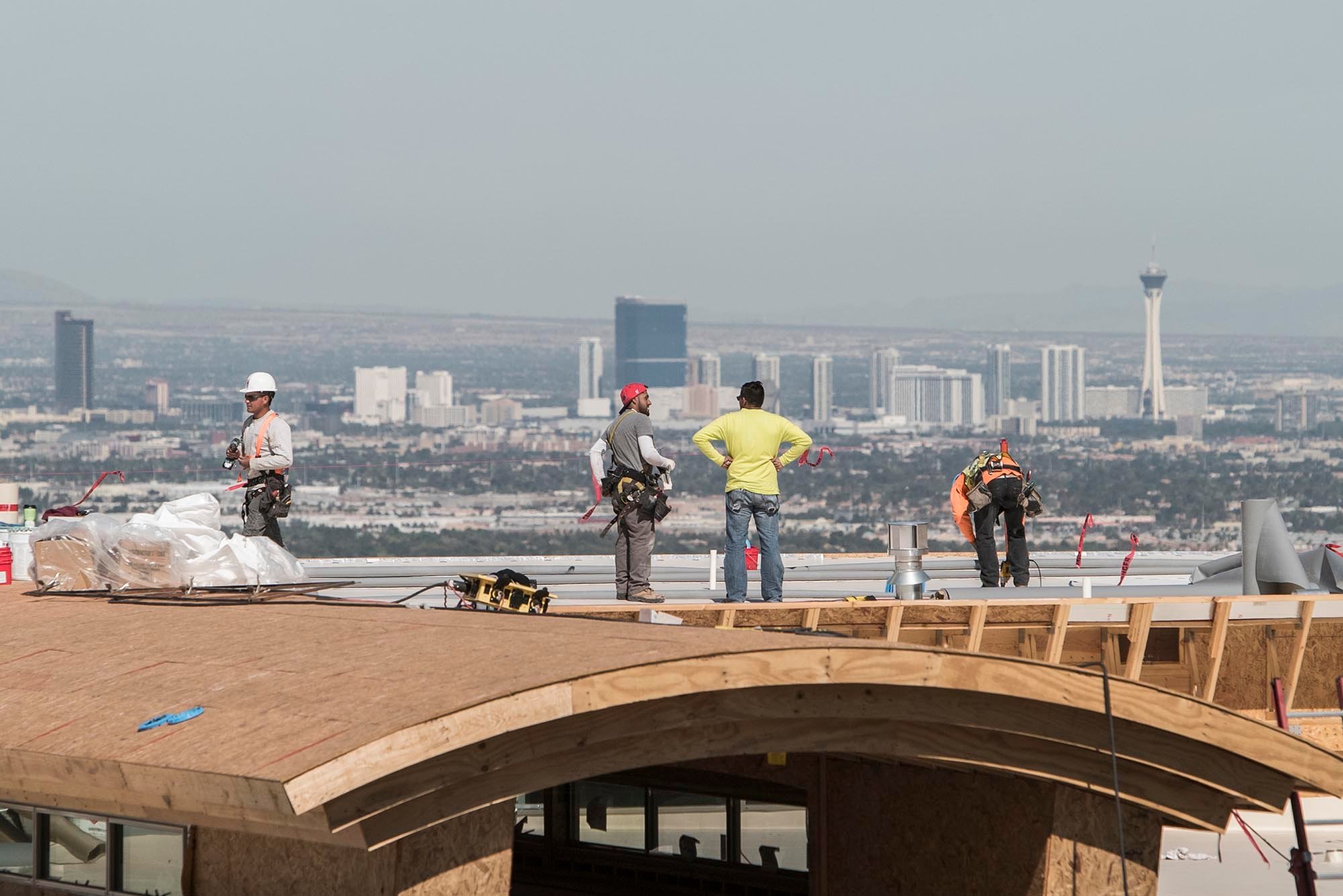
Capital improvements can have a hefty price tag, but many business owners can defray some of these costs when it comes time to file their taxes. If you repaired or replaced your roof recently, you might be wondering how to account for this and whether it will reduce your tax burden. In many cases, you will be able to write off some of the expense of replacing your roof, but much of this will depend on the state of your roof when all of the work is finished.
Is Roof Replacement Considered Capital or Expense?
According to IRS Regs. Sec. 1.263(a)-3(d), the expenses you paid to fix your roof can only be capitalized if they meet one of three conditions:
- Better the roof or improve it beyond its original state
- Restore it to a like-new condition
- Retool the building for a different use
A roof replacement will usually satisfy at a minimum the second condition, which means in most cases, you can consider a full roof replacement a capital investment. However, many repairs do not meet these qualifications, and they would only qualify as expenses.
There are some exceptions to this rule that you should keep in mind before claiming a deduction for your roof. For one, if you are simply repairing some damage your roof sustained over the year such as a piece of debris falling through it, the IRS may count this as a repair instead of a capital improvement. Your repair may also count as a betterment if you replace it soon after buying your building such as within a year or two, but if you replace it afterward, it may simply count as general maintenance unless the roof represents a substantial improvement on the original.
Can I Deduct a New Roof?
In most instances, a full roof replacement will count as a capital improvement since it will improve the building as a whole or at least restore the to a like-new condition. If your roof meets these qualifications, the IRS allows building owners to deduct the cost of their new roof in the form of capital depreciation. You’ll be able to claim the amount that your roof depreciates over the course of the year as an itemized deduction when you next file your taxes.
What Types of Roofs Qualify for Tax Credit?
Some types of roofs allow you to claim tax credits if you build them, especially if they can reduce your building’s energy consumption. Some asphalt and metal roofs may qualify for a $500 tax credit if they are ENERGY STAR certified and if they are designed to dissipate heat better than older roofs. The maximum value you can obtain from this credit is $500, which counts toward all improvements made since 2005 minus labor expenses.
Another tax credit available for buildings constructed prior to January 1, 2018 is the Energy-Efficient Commercial Buildings Tax Deduction. This was a sweeping tax credit that covered many improvements to buildings, including the roof. It offered $0.30 to $1.80 per square foot to building owners who helped to reduce their building’s energy consumption.
What Is the Depreciation of the Roof on a Commercial Building?
Like any piece of working capital, your roof will slowly degrade over time as it fulfills its purpose, which in this case is to protect your building from the elements. Wind, rain, sunshine, snow, and falling debris can all help to shorten the lifespan of your roof. Your roof’s lifespan may vary depending on what kind you have, whether it is an asphalt, PVC, tile, or metal roof. However, the depreciation schedule the IRS allows you to follow is very different from the lifespan of your roof, which can make it difficult to recoup costs in a timely manner.
How Many Years Do You Depreciate a New Roof?
If you’ve recently replaced your roof, you can offset some of the expenses by claiming the depreciation on your taxes. The IRS states that a new roof will depreciate over the course of 27.5 years for residential buildings and over the course of 39 years for commercial buildings. The IRS uses the straight-line method to calculate the depreciation of your roof, which means that the depreciation of your roof is calculated evenly across a set period of time. In order to find out how much you can claim for your deduction, you simply take the cost of your roof and divide it by 39.
A full roof replacement can present some steep costs, but you can reduce some of your tax burden by claiming any available tax deductions as well as depreciation costs. However, given the IRS’ current tax structure, business owners have little financial incentive to replace their roof unless they absolutely need to. On the other hand, a new roof can lower your building’s energy costs, which can save you money, even if the tax structure won’t. Keep track of all improvements you make to your building throughout the year, and you can save money when it’s time to pay your taxes.





